- Continue Shopping
- Your Cart is Empty
In the long run...thoughts on the long-term management of "New Botanical"-style systems
When we are designing and constructing our aquariums, I sometimes wonder if we consider if we are building them for "the long run" versus "the short run."
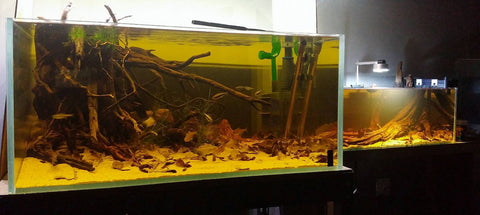
In other words, are we creating an aquarium that's designed from the start to be a showpiece, perhaps developed for a competition or temporary display, or is the system being designed, configured, equipped, and stocked with the intention of it being operational for an indefinite period of time?
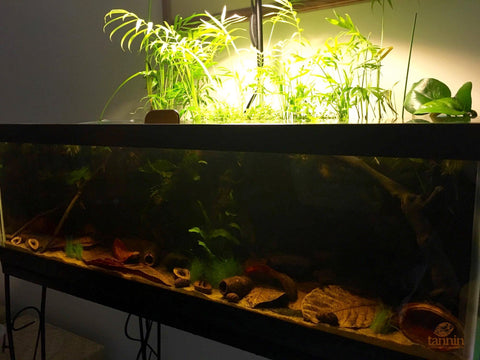
If you're stocking for the long haul, especially if you're planning on running a tank with leaves and other botanicals, you need to take into account the continuous breakdown of materials within the aquarium, and the need to address both their contribution to the tank's bioload and the need for replacement of these materials on a regular basis. I say "need", because I'm assuming that you want to keep the "stocking level" of natural botanical materials somewhat close to where it was when you started, with the understanding that the individual leaves are transient items, destined to decompose and be replaced by others to maintain a similar "look" in the aquarium.

The key to long term success with a "New Botanical"-style aquarium is "psychology." You need to first have an understanding that you're creating a dynamic environment and aquascape. It's anything but "static"- sort of like a planted aquarium, but in reverse (rather than plants growing, the botanicals are, for want of a better word "diminishing")! At any given time, you'll have things like leaves in various states of decomposition, seed pods, slowly softening and recruiting biofilms and a "patina" of algae (sort of like the "aufwuchs" common to the African Rift Lakes, I suppose).
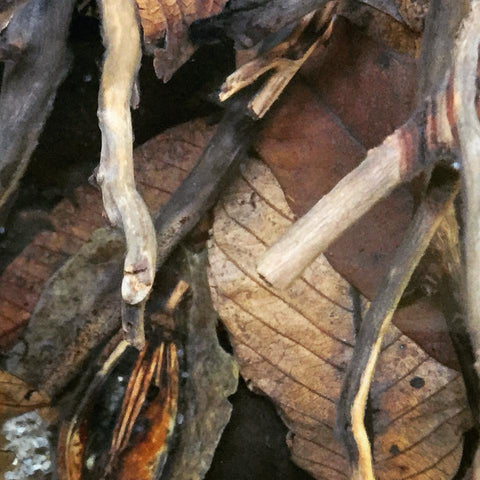
The "New Botanical"-style aquarium requires what I'd call "active management" on your part, as we've outlined before. It's not set and forget, because you have a fair amount of natural materials in the system, breaking down. This is a double-edged sword, as they impart beneficial substances, such as humic acids and tannins, and form the basis for a food chain of microorganisms and such, while on the other hand contributing to the accumulation of organics within the system. In a properly managed "New Botanical"-style aquarium, you'll be conducting regular water changes to keep the water chemistry stable, and you'll be conducting regular tests of water parameters, such as pH, alkalinity, nitrate, and phosphate to get a good understanding of what's occurring in your system.
I consider this practice of water quality management essential to most any style of aquarium, although it's commonly associated with reef aquariums, which are a biological and chemical dance, and in their most simple form still require some monitoring of water quality and environmental parameters to achieve a "baseline" of what is operationally "normal" for a given system. In our "New Botanical" -style tanks, it's important to gather some of this data, so you can spot trends and also to determine what is considered "normal" for your tank.
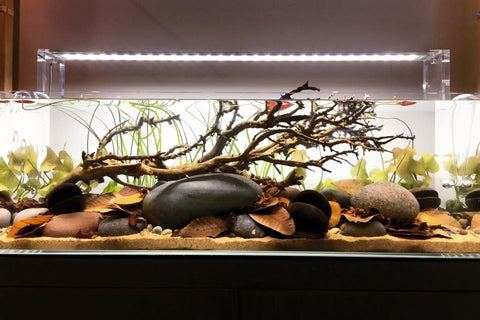
It's important to maintain good circulation within the system, to avoid accumulations of uneaten food, debris, and other detritus from settling into you botanicals, creating conditions ripe for massive undesirable algal blooms, or even pockets of aerobic activity. In other words, common sense maintenance practices that you've been doing for years! The decision to keep the decomposing leaves in the system is, in my opinion, by and large dictated by your aesthetic preferences, as we've outlined before in this blog. Many fishes will forage among leaf litter and the decomposing botanicals, just as they wood in nature. Fry, in particular, will not only find physical refuge in this niche, they will also derive some sustenance from the microorganisms which develop in the matrix of materials in this style of aquarium.

Despite all of the jokes we make about them "removing the color" and such from a blackwater aquarium, I am a huge proponent of chemical filtration, such as activated carbon, Poly Filter, or resins such as Purigen, etc. These media are extremely effective at removing excess nutrients and dissolved organics from closed systems. Yes, they can remove some of the tannins if you are using significant amounts of any of them...It's a sort of trade-off; one with which you'll have to experiment and find a "comfort zone" that works for you and your tank. I personally would rather lose a bit of the tint while maintaining the water quality and other benefits that these media can help facilitate.
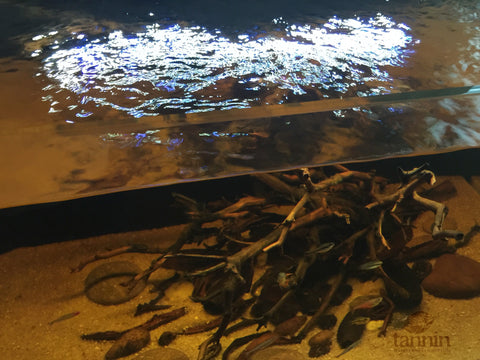
And, as mentioned above, water exchanges are vital to the long-term management of any aquarium system, but play a very important role in a "New Botanical"-style aquarium as well. I don't need to go through all of the classic reasons as to why regular water exchanges are an important part of your husbandry routine, but I will mention that one great "side-benefit" of water exchanges is that they "keep your hands wet", more-or-less "forcing" you to play an active role in monitoring and managing your aquarium. A very healthy habit for any aquarium!
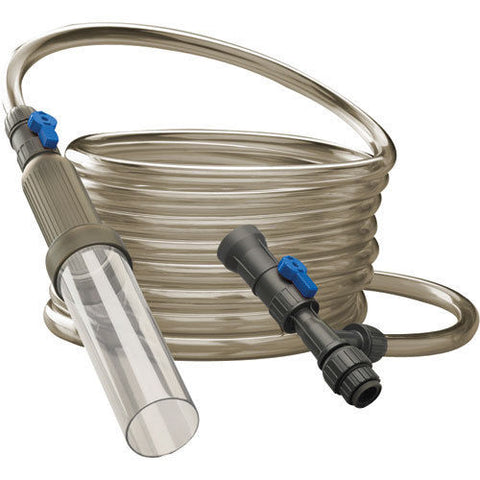
Stocking your aquarium is also another consideration of this style of aquarium. It makes no sense to stock your tank with fishes that will actively and continuously excavate an otherwise disrupt the substrate (I'm thinking of big cichlids like "eartheaters, etc.). Yes, foraging fishes and even fishes such as Plecos, Corydoras, Otocinculus, and Dwarf cichlids are perfect for "New Botanical" style aquariums, as they not only utilize the botanicals for cover and part of their food "sourcing"- they actually will help keep some of the materials in suspension for easy removal from the aquarium. Fishes like characins, Barbs, Anabantoids, etc. are perfect, as are some of the more "oddball" fishes, such as knife fishes and Mormyrids. And of course, various ornamental shrimp, such as Caridina and Neocaridina species, among others, are great additions to the aquarium, grazing on biofilms, algae, and the decomposing botanicals themselves.
In the end, the key to successful long-term management of a "New Botanical"-style aquarium is INVOLVEMENT. Active involvement on the part of you- the owner, in terms of planning, construction, stocking, and husbandry. While none of the principles that are required are groundbreaking, unusual, or particularly onerous, they are all part of the game when you want a successful aquarium of any type. Unsuccessful hobbyists will not be any more likely to succeed with this type of system as they would be with any other. On the other hand, aquarists who have a basic understanding of the processes occurring within the closed aquarium, coupled with the discipline of diligent husbandry, will find the "New Botanical"-style system, refreshing, engaging, and rewarding to own.

We look forward to seeing more and more long-term successful aquariums using aquatic botanicals- the marriage of planning, creativity, aquarium management skills- and passion.
So much to learn- and everyone is able to contribute to our growing body of knowledge of this fascinating approach to aquarium keeping!
Until next time.
Stay excited. Stay disciplined...
And stay wet!
Scott Fellman
Tannin Aquatics

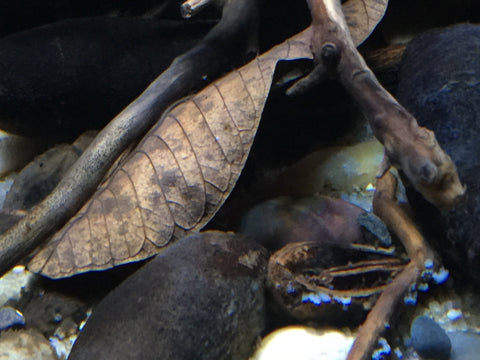
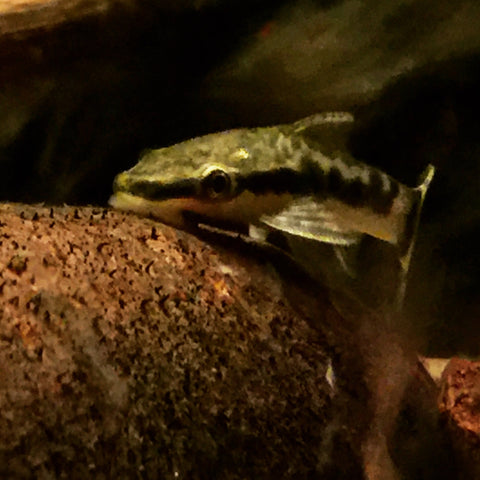





Scott Fellman
Author